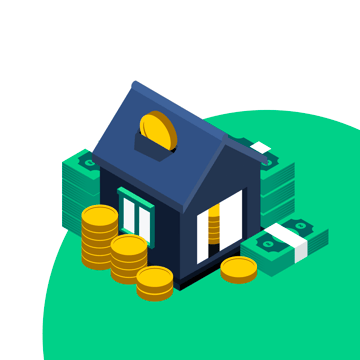Key takeaways
The two ways Stake generates returns for investors
How rental income and capital appreciation work
Where to track your returns in the Stake app
What’s better than earning from real estate? Knowing exactly where your money’s coming from.
With Stake, returns are simple. Whether you invest in Properties or Funds you earn in two ways: regular rental income and long-term capital appreciation. This video breaks them both down so you can track and grow your earnings with confidence.
First up, rental income. When you invest in Stake Properties you become a fractional owner via a DIFC-registered SPV. Rent from tenants is collected, expenses deducted, and your share lands in your Stake Wallet every month. Some properties even come with the Stake Guarantee meaning you still get paid for up to three months even if the unit is vacant or rent is delayed. For income-generating Funds you receive dividends on a monthly or quarterly schedule depending on the fund.
Next, capital appreciation. As the value of the property or fund’s assets grows so does the value of your share. Properties are valued twice a year with appreciation realised when the property is sold either during the exit window or a full sale after an investor vote. For Funds it works similarly with appreciation building during the holding period and paid out at maturity especially for build-to-sell Development Funds.
You can track it all in the Wallet tab of your Stake app including rental income, dividends and the growth of your portfolio’s value over time.
Whether you’re here for consistent payouts or long-term growth Stake makes it easy to understand, track and reinvest your returns.
Want to learn more? Dive into our other Stake Academy lessons!














